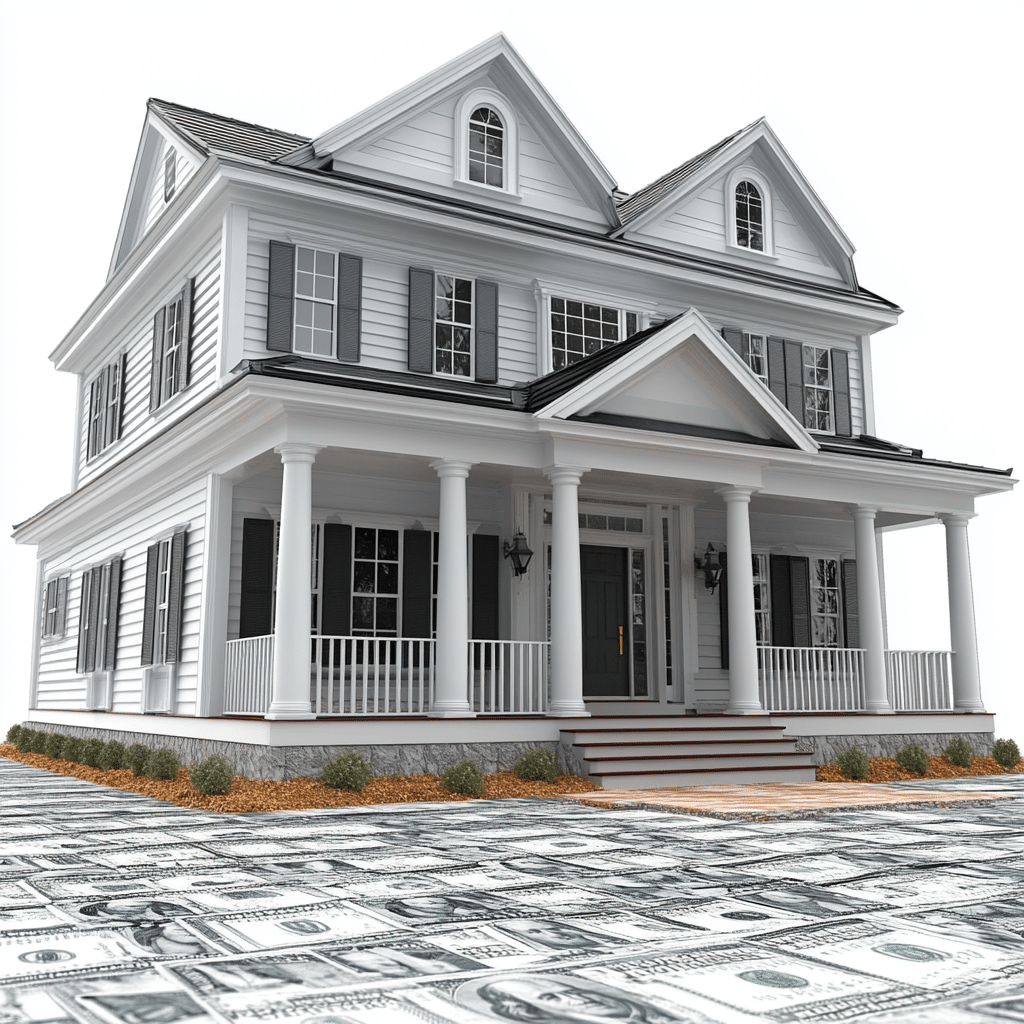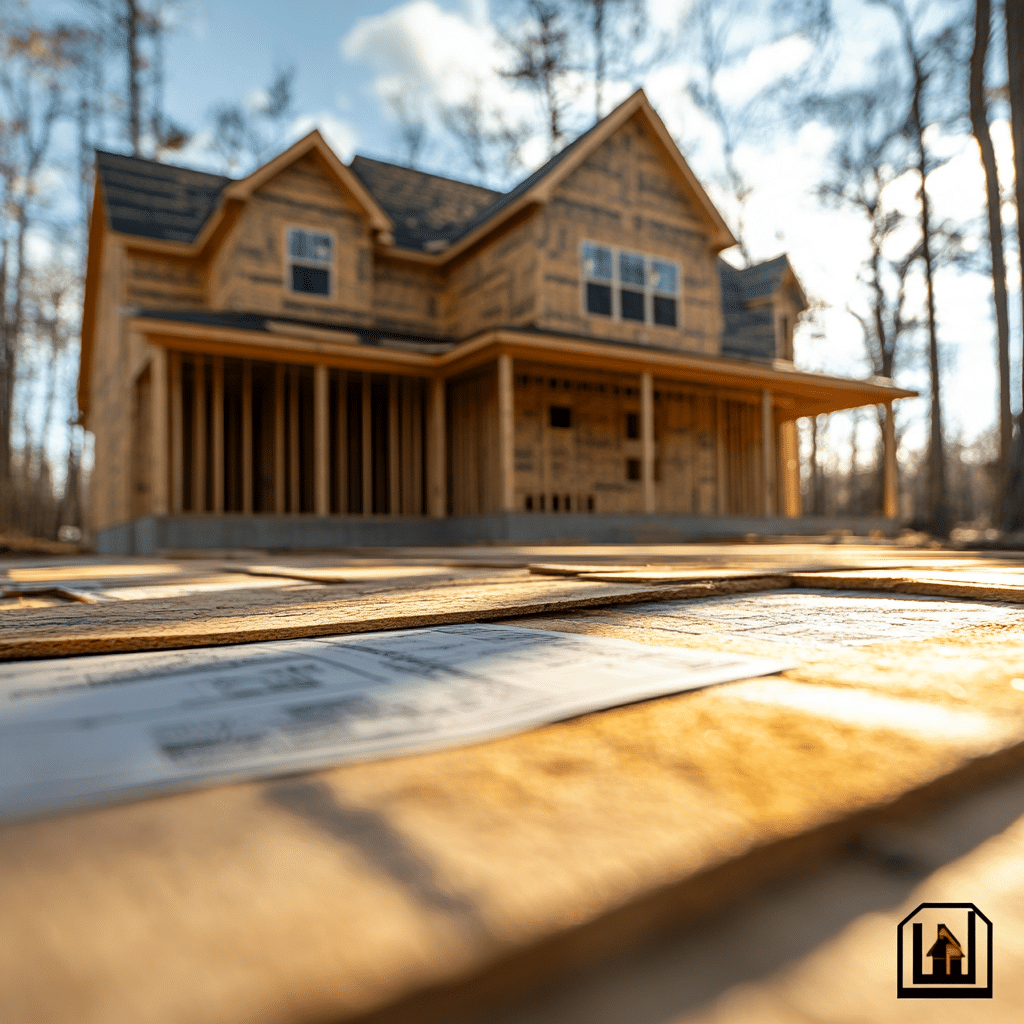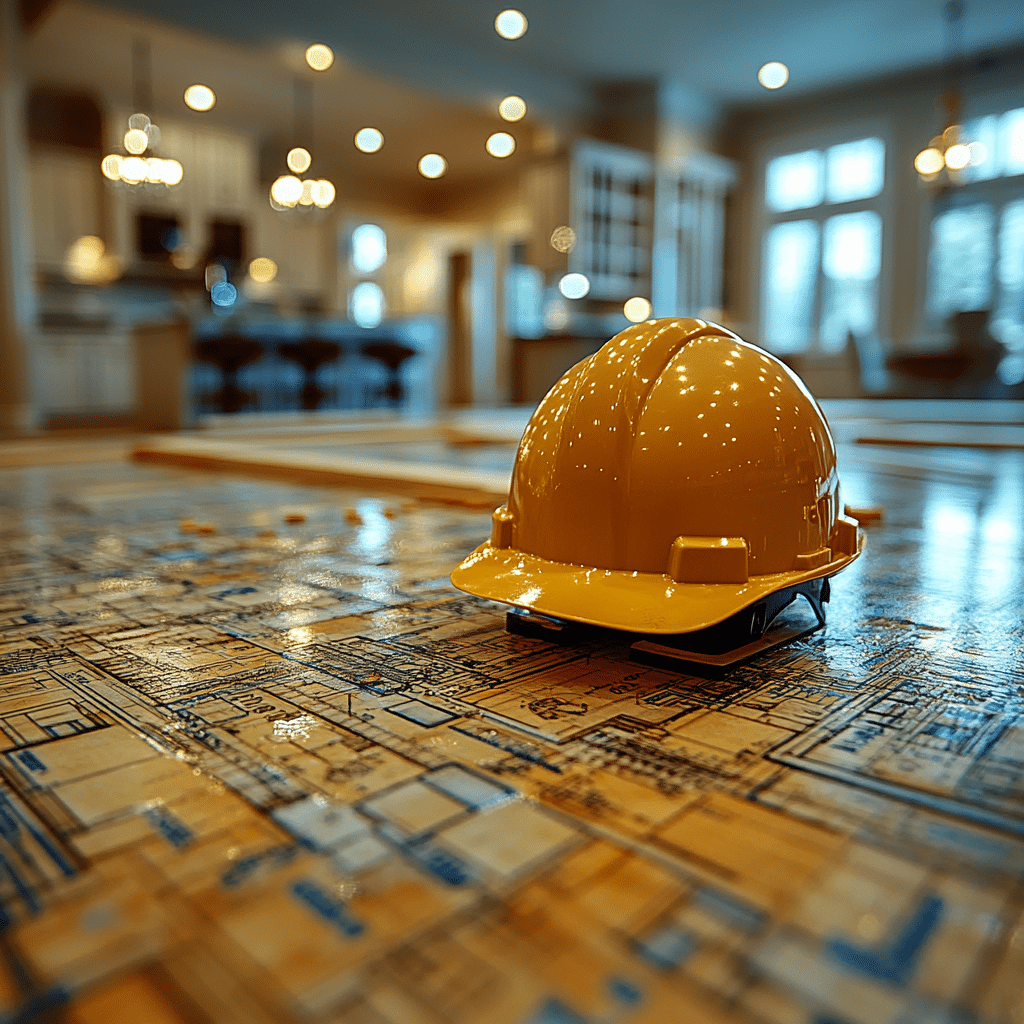When embarking on the journey of building a new home, understanding the various aspects of new home construction financing is paramount. The concept of financing new home construction transcends traditional home loans, introducing complexities that require planning and detailed research. This article aims to demystify the different types of construction-related loans, offering insights into the most effective strategies for securing the best financing options for your dream home in 2024.

Understanding New Home Construction Financing in 2024
Before diving into the specifics, let’s pull back the curtain on what new home construction financing truly involves. Unlike conventional home loans, which finance the purchase of existing houses, construction financing is a multi-step process requiring a thorough understanding of the building timeline, budget intricacies, and market dynamics. Navigating this landscape can seem daunting, but with the right knowledge and resources, you can make informed decisions to secure favorable financing.

Exploring Types of New Construction Loans
Traditional Construction Loans: A Tried-and-Tested Approach
Traditional construction loans remain the cornerstone of new home construction financing. Generally short-term, these loans cover the construction period—typically 12 months or less. During this phase, borrowers receive funds in stages, known as draws, based on construction milestones. Interest is only paid on the disbursed funds, making them a cost-effective option. Prominent lenders, such as Wells Fargo and U.S. Bank, offer traditional construction loans that are tailored to ease the building process.
Construction-to-Permanent Loans: Simplifying the Transition
Construction-to-permanent loans simplify the financing journey by consolidating two loans into one. Initially, you secure a construction loan, which automatically converts into a permanent mortgage once your home is completed. This eliminates the hassle of a second closing, reducing overall costs. Lenders like Quicken Loans and Bank of America provide competitive construction-to-permanent loan options that ensure a seamless transition from construction to homeownership.
Owner-Builder Loans: For the DIY Enthusiasts
For those with construction experience planning to take a hands-on approach, an owner-builder loan might be the right choice. These loans cater to borrowers acting as their own general contractors, allowing significant cost savings. However, they carry inherent risks, and lenders like First Tech Credit Union will typically require detailed project plans and proof of experience in construction management.
| Aspect | Details |
| Loan Types | – Construction-to-Permanent Loan – Stand-Alone Construction Loan – Renovation Loan |
| Loan Terms | – Typically 12 months for construction phase – 15 to 30 years for permanent phase |
| Interest Rates | – Higher than traditional mortgages – Variable during construction; fixed or variable post-construction |
| Down Payment | – Generally 20% to 25% of the total project cost |
| Costs Covered | – Land purchase – Building materials – Contractor labor – Permits and inspections |
| Approval Criteria | – Credit Score: Usually 680 and above – Debt-to-Income Ratio: Less than 45% – Detailed construction plans and budget |
| Disbursement Method | – Draw Schedule: Funds are released in stages as work is completed and inspected |
| Benefits | – Tailored to project-specific needs – Potential to lock in favorable rates and terms upfront – Structured payments align with project stages |
| Potential Risks | – Project delays or cost overruns – Higher initial costs and interest rates – Complex approval process |
| Eligibility | – Strong financial standing – Approved builder/contractor – Complete project plan and timetable |
| Feature | Details |
| Construction-to-Permanent Loan | Combines a short-term construction loan with a traditional long-term mortgage; simplifies the process |
| Stand-Alone Construction Loan | Requires separate applications for construction and permanent phases; allows for shopping around for better rates |
| Renovation Loan | Specifically for home renovation projects; covers major overhauls and minor modifications |
| Flexibility in Repayment | Offers interest-only payments during construction, transitioning to full payments afterward |
| Rate Locks | Some lenders offer rate locks during the construction phase to protect against interest rate rises |
| Cost Type | Estimated Range |
| Permit Fees | $500 – $2,000+ |
| Architect Fees | 5% – 15% of total project cost |
| Construction Fees | Varies widely (~$150-$250 per square foot) |
| Inspection Fees | $100 – $500 per inspection |
| Interest Rate | 4% – 10%, dependent on loan type and borrower qualifications |
Innovative Renovation Loans for Transformative Projects
Renovation loans play a crucial role for individuals looking to revamp existing structures as part of their new home construction financing strategy. These loans cover both the purchase price and renovation costs, consolidating them into a single mortgage. Notable options include the Fannie Mae HomeStyle Renovation Loan and the FHA 203(k) Loan. Particularly beneficial in areas with older housing stock, renovation loans provide an efficient path to modernize properties.
Key Factors Influencing Construction Financing
Credit Score and Financial Health
Your credit score is pivotal in securing favorable terms for construction financing. Typically, a score of 700 or higher boosts your approval chances and grants access to lower interest rates. Additionally, lenders will scrutinize your debt-to-income ratio and overall financial stability. Maintaining excellent credit health can unlock more competitive terms, making it easier to finance your new home construction.
Detailed Construction Plans and Budget
Lenders require comprehensive construction plans and a detailed budget before approving loans. These documents should outline every aspect of the construction process, from foundation work to final finishes. Partnering with reputable builders like Toll Brothers or Lennar can provide the assurances lenders need to green-light your construction financing request.
Market Conditions and Interest Rates
The broader economic landscape influences the availability and cost of new home construction financing. With interest rates projected to remain slightly elevated in 2024 due to inflationary pressures, locking in rates early can safeguard you against market volatility. Staying informed about projected interest rates in 5 years and monitoring Federal Reserve policies can help you time your financing to secure the best possible terms.
Tips for Navigating New Home Construction Financing
Leveraging Professional Guidance
Working with mortgage brokers and financial advisors who specialize in construction loans can provide a significant advantage. These professionals understand the nuances of construction financing and can help identify the best loan products suited to your specific needs. Firms like Mortgage Rater offer specialized services to guide borrowers through the complexities of construction loans.
Exploring Government Programs
Several government-sponsored programs facilitate new home construction financing. The USDA Single-Family Housing Guaranteed Loan Program and the VA Construction Loan Program for veterans offer favorable terms with low down payments and competitive interest rates. These options can make home construction more accessible and affordable.
Preparing for Contingencies
Construction projects are notorious for unexpected costs and delays. Building a contingency reserve into your budget ensures you’re prepared for unforeseen expenses. Lenders often require this as part of their approval criteria, emphasizing the importance of thorough financial planning.
The Future of Construction Financing: Embracing Innovation
New home construction financing is continually evolving, influenced by technological advances and economic conditions. Digital platforms are simplifying the application process, making it easier for borrowers to secure loans. Innovations like blockchain technology are enhancing transparency and security in loan transactions.
In 2024, staying informed and adaptable is essential for successful construction financing. Whether leveraging new financial products or embracing emerging technologies, the future promises more accessible and efficient ways to finance your dream home.
Building a new home is an exciting endeavor, and with the right financing strategy, it can become a reality. By understanding the various loan options, leveraging professional guidance, and preparing for financial contingencies, you’ll be well-equipped to navigate new home construction financing in 2024. For more personalized advice and competitive loan options, visit Mortgage Rater and make your dream home a reality.
Navigating new home construction financing doesn’t have to be complicated. Armed with the right knowledge and a solid plan, you can secure the best loan options and embark on your construction journey with confidence. Take the first step today by exploring the resources and services offered by Mortgage Rater.
For further reading, delve into related topics such as first home Buyers assistance, explore the best bank For mortgage, or compare various mortgage types to pick what best suits your needs.
Fun Trivia and Interesting Facts about New Home Construction Financing
The Quirky Side of Financing
Did you know that new home construction financing isn’t just about crunching numbers and interest rates? There’s a quirky side to it that might surprise you! For one, some folks use car collateral loans to finance their new homes. Yep, that means they leverage their car’s value to secure a loan for their dream house. This strategy can be a lifesaver if you’re in a pinch for cash but have a vehicle with substantial equity.
Celebrity Connections
Let’s talk celebs. You might be surprised to learn how public figures manage their home construction projects. Take Ava Raine, for example. She’s used her star power to navigate the maze of construction financing, leveraging her assets creatively. It just goes to show that even famous personalities need to get savvy about securing the funds for their dream homes. So, if you’re comparing yourself to the stars, at least you’re in good company!
From Anime to Home Loans
And here’s a real gem: fans of Foxy One Piece might not know that the voice actor behind this beloved character once invested in a construction loan to build a house. Anime voice actors, just like us, need a roof over their heads too! This fun fact adds another layer of connection, proving that new home construction financing touches all walks of life.
Glittering Surprises in Financing
Finally, let’s not forget the unexpected ways of managing finances. Inspired by the creativity of the glitter bomb package trend, some folks have found innovative solutions to fund their new homes. Unexpected and flashy, these creative financing solutions add a bit of sparkle to an otherwise serious process, proving that there’s room for a little fun even in the business of construction.
So, whether you’re looking into the best home loans to finance your new abode or exploring exciting trivia, new home construction financing has its fair share of surprises. Now you’re equipped with some fun facts to make your financing journey a little bit more interesting!




